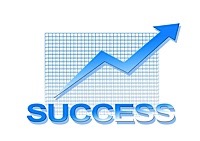
Recently Ashkan Karbasfrooshan, founder and CEO of WatchMojo, wrote a brief post about the Lies Entrepreneurs Tell. In the article he makes the point entrepreneurs are “always in sell mode, but that doesn’t mean they need to be BS-artists”. Their common lies include “I have no regrets” or “If I had to do it again, I wouldn’t do it any differently”; “It’s not personal, it’s business”; “We’re not raising money”; “We’re not looking to sell”; and “I’m your biggest fan.”
Ashkan has an interesting point – entrepreneurs can be so damn good at “selling” that they begin to say things that aren’t exactly true. This may be due to a few factors: we actually believe the words we are saying, we feel the means justify the ends or we just want it so bad we are willing to cross over the line into fallacy in order to get what we want.




















